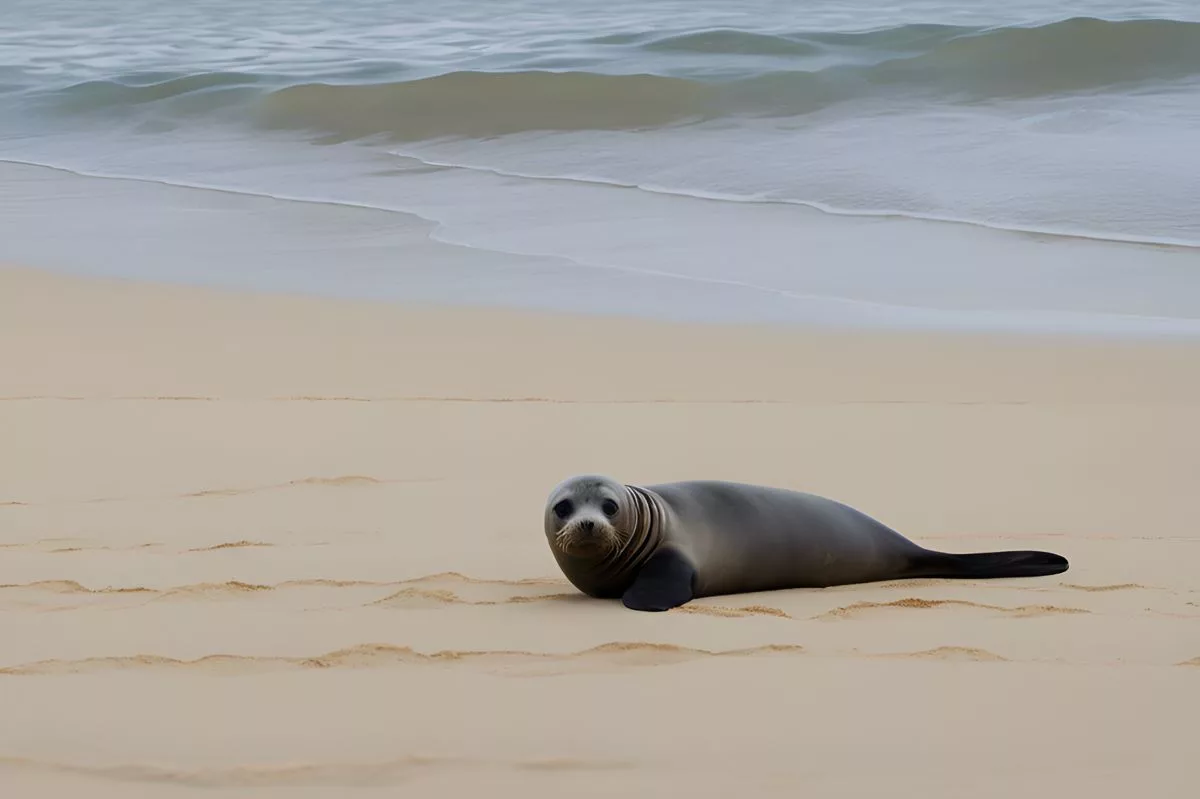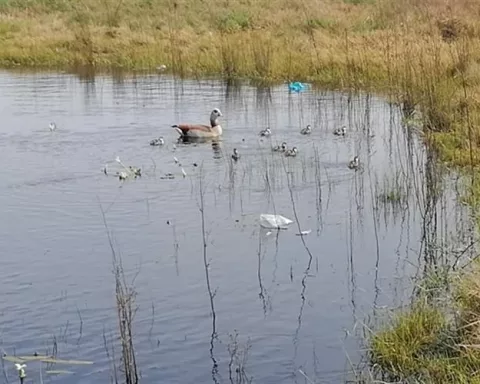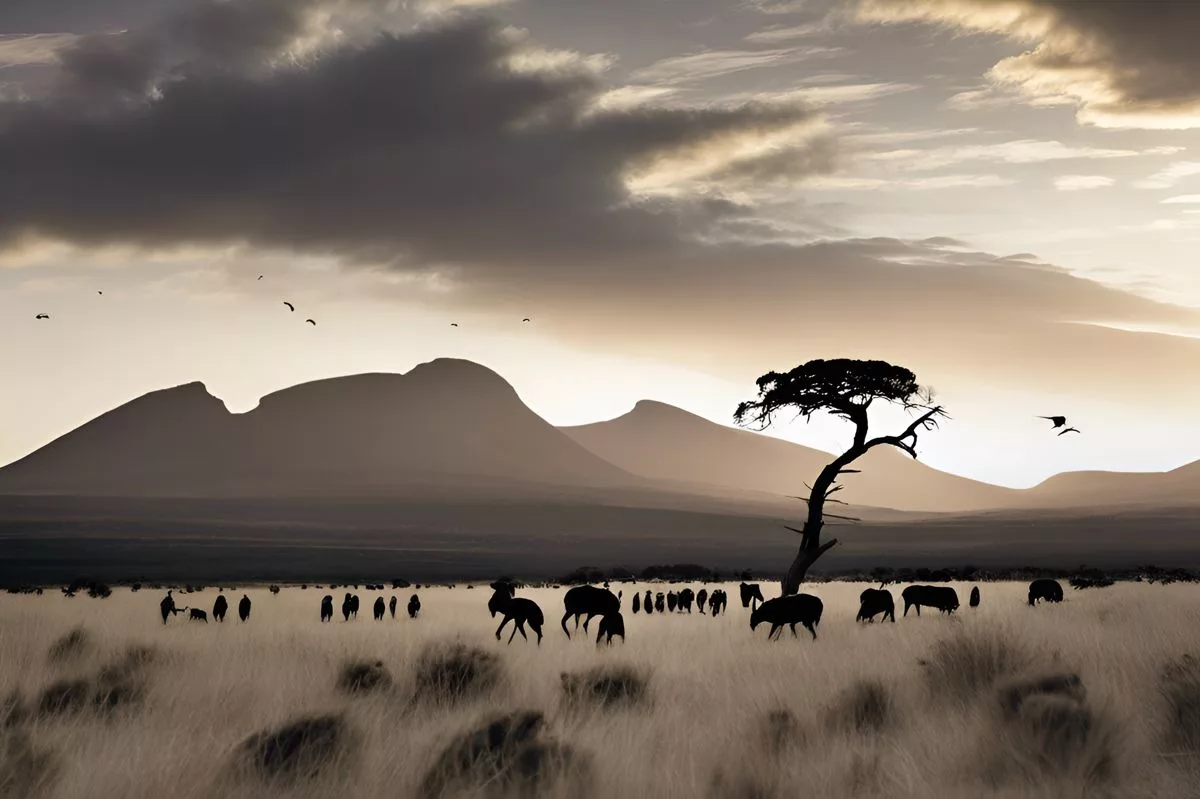At Muizenberg Beach, a young seal was brutally attacked, highlighting the growing violence against Cape Fur Seals. The Hout Bay Seal Rescue Centre reported this sad event, showing the need for people to learn how to protect these animals and respect their space. Sadly, this isn’t the first time; seals are facing more dangers from humans due to misunderstandings, like fears about rabies. To help save the seals, everyone is urged to keep their distance and report any harmful behavior, promoting a peaceful coexistence with these beautiful creatures.
What happened at Muizenberg Beach involving seals?
A young seal was brutally attacked at Muizenberg Beach, highlighting the growing violence against Cape Fur Seals. The Hout Bay Seal Rescue Centre reported this alarming incident, emphasizing the urgent need for public education and protective measures to ensure marine life safety and coexistence.
The Attack and Its Implications
In an all too frequent intersection of human behavior and nature, a distressing incident at Muizenberg Beach has emerged as a stark example of the violence sometimes inflicted upon defenseless animals. A young seal was brutally attacked, drawing swift condemnation from the Hout Bay Seal Rescue Centre (HBSRC). This episode underscores the urgent need for increased public awareness and protective measures for marine life, highlighting the vulnerabilities of Cape Fur Seals. The attack brings to the forefront issues such as widespread misconceptions about rabies and the broader dangers posed by human interaction.
Misunderstandings about rabies provide a poignant backdrop to this event. This ancient viral disease, known since Babylonian times, affects the central nervous system of mammals and spreads primarily through the saliva of infected animals, often via bites. Once symptoms appear, rabies is nearly always fatal. Since May, there have been 24 confirmed cases of rabies in Cape Fur Seals, adding an alarming context to the situation at Muizenberg Beach.
Kim Krynauw, spokesman for the HBSRC, shared the distressing details surrounding the attack, reflecting both sorrow and a resolute call to action. The non-profit received a report at 9:30 am on a Thursday about a seal stranded in distress. A rescuer was dispatched immediately, only to find the animal had already succumbed to its injuries. The examination revealed that the seal had been speared and suffered a significant head injury. Krynauw highlighted an unsettling pattern of violence, with seals being shot, gaffed, and stabbed becoming alarmingly common occurrences.
Rising Tensions and the Need for Education
The incident at Muizenberg Beach is not an isolated case. The HBSRC has documented a troubling increase in injured Cape Fur Seals, with Surfers Corner witnessing three such attacks in just five months. This trend illustrates the mounting tension between human activities and wildlife, fueled by misinformation and fear.
These rising incidents highlight the critical need for comprehensive public education on marine life interaction, particularly concerning seals. Organizations like the HBSRC urge the public to maintain a respectful distance of at least 20 meters from these animals. It is illegal to harm or feed them, and any unusual or aggressive behavior should be reported to the proper authorities. Key contacts such as the Cape of Good Hope SPCA, City of Cape Town, CapeNature, and Table Mountain National Park play essential roles in this networked approach to wildlife conservation.
The recent violence against seals is especially unnerving in the context of historical human-seal interactions. Seals have long held a place in human culture, appearing in mythology, art, and literature. In antiquity, the Greeks revered seals as protective symbols, while art has frequently celebrated them as graceful and agile beings. Today, the focus has shifted towards ecological and ethical considerations, emphasizing a harmonious coexistence with these marine creatures.
Misinformation, Communication, and Human Impact
This incident also brings to light broader societal issues, such as the spread of misinformation and the challenge of effective communication. In an era of rapid information dissemination, ensuring the public receives accurate and comprehensible data is crucial. The confusion about rabies in seals illustrates how misinformation can fuel fear-driven actions, often leading to tragic outcomes.
Furthermore, the situation prompts reflection on the broader implications of human influence on marine ecosystems. The Cape Fur Seal, an integral component of the marine food chain, faces threats from both natural predators and human interference. Fishing practices, pollution, and climate change exacerbate these challenges, necessitating a multifaceted approach to conservation.
Artistic and historical movements have mirrored society’s evolving relationship with nature. The Romantic period celebrated a profound appreciation for the natural world, advocating for harmony between humans and nature. In contrast, the Industrial Revolution marked a shift towards exploitation, viewing nature merely as a resource. Today, a renewed call for balance echoes past sentiments with an urgency tailored to contemporary challenges.
Moving Forward: Conservation and Coexistence
Ultimately, the attack on the juvenile seal at Muizenberg Beach serves as a stark reminder of the delicate balance between humans and wildlife. It highlights the need for heightened awareness, education, and empathy towards marine life, urging society to become responsible stewards of the natural world. By fostering a deeper understanding and respect for these creatures, we can hope to prevent similar tragedies and strive for the harmonious coexistence envisioned by previous generations.
The Hout Bay Seal Rescue Centre’s efforts exemplify a wider commitment to wildlife conservation, underscoring the significance of community involvement and vigilance. As we navigate the complexities of modern life, drawing inspiration from both historical contexts and contemporary knowledge can guide us in protecting the delicate web of life that surrounds our planet.
“`markdown
What happened at Muizenberg Beach involving seals?
A young seal was brutally attacked at Muizenberg Beach, drawing attention to the increasing violence against Cape Fur Seals. The incident, reported by the Hout Bay Seal Rescue Centre, highlights the urgent need for public education and protective measures to ensure the safety of these marine animals.
Why is there growing violence against Cape Fur Seals?
The rising violence against Cape Fur Seals is attributed to misunderstandings and fears, particularly concerning rabies. In recent months, there have been confirmed cases of rabies among seals, which can lead to fear-driven actions by humans, often resulting in harm to these animals.
What should the public do if they see a seal in distress?
If you encounter a seal in distress, it is crucial to keep a safe distance of at least 20 meters and report any unusual or aggressive behavior to the proper authorities. Organizations such as the Cape of Good Hope SPCA, City of Cape Town, and CapeNature are essential contacts for reporting such incidents.
How can people help protect Cape Fur Seals?
To protect Cape Fur Seals, individuals are urged to maintain a respectful distance from these animals, refrain from harming or feeding them, and educate themselves and others about the importance of marine life conservation. Supporting local wildlife organizations can also contribute to protective efforts.
What is the role of misinformation regarding seals?
Misinformation about rabies and other aspects of seal behavior can lead to fear-driven reactions that endanger these animals. It is essential to disseminate accurate information to foster understanding and empathy towards Cape Fur Seals and promote peaceful coexistence.
How does this incident reflect on human interactions with marine ecosystems?
The attack on the juvenile seal highlights the delicate balance between humans and wildlife. It underscores the need for increased awareness and education about marine ecosystems, emphasizing that human actions, influenced by misinformation and misunderstanding, can have devastating effects on wildlife like Cape Fur Seals.
“`












